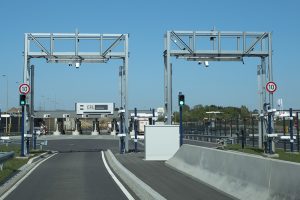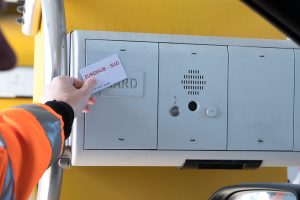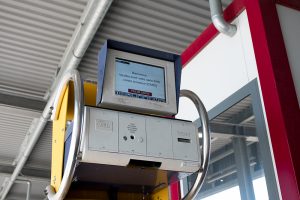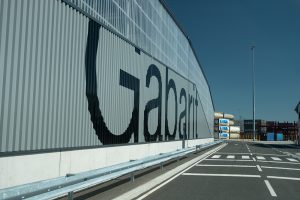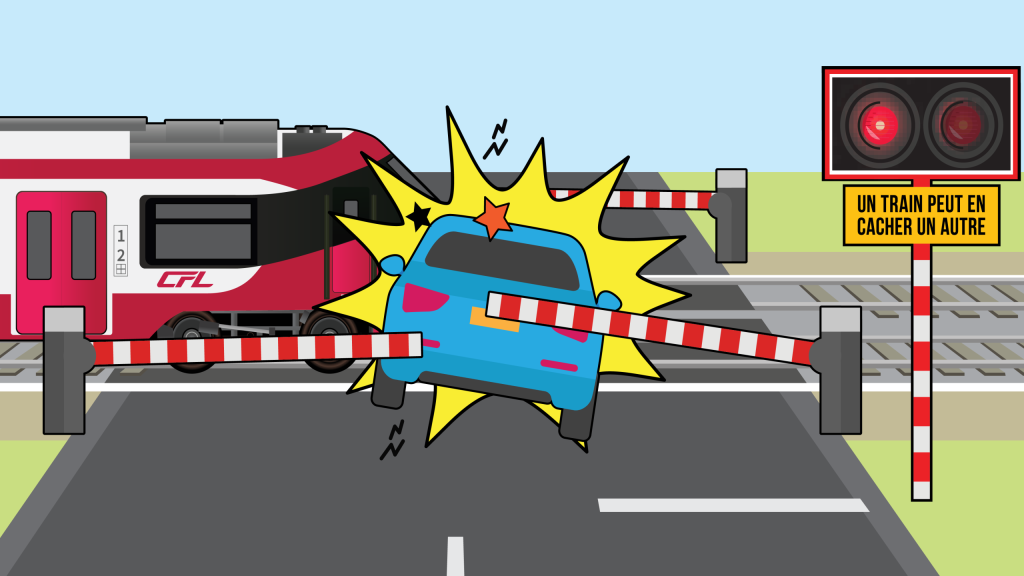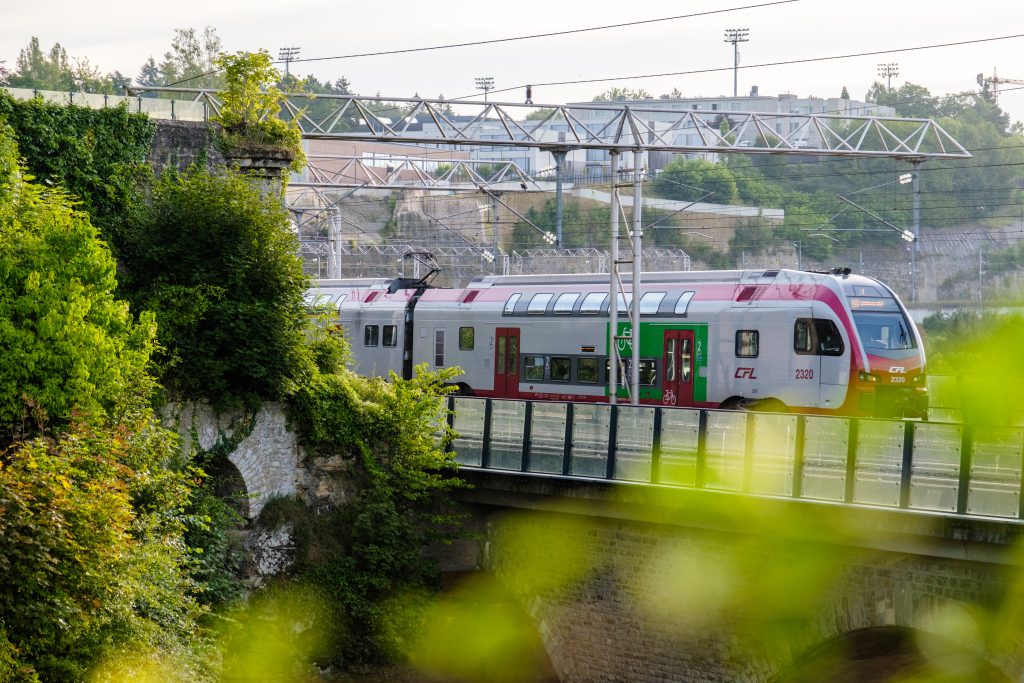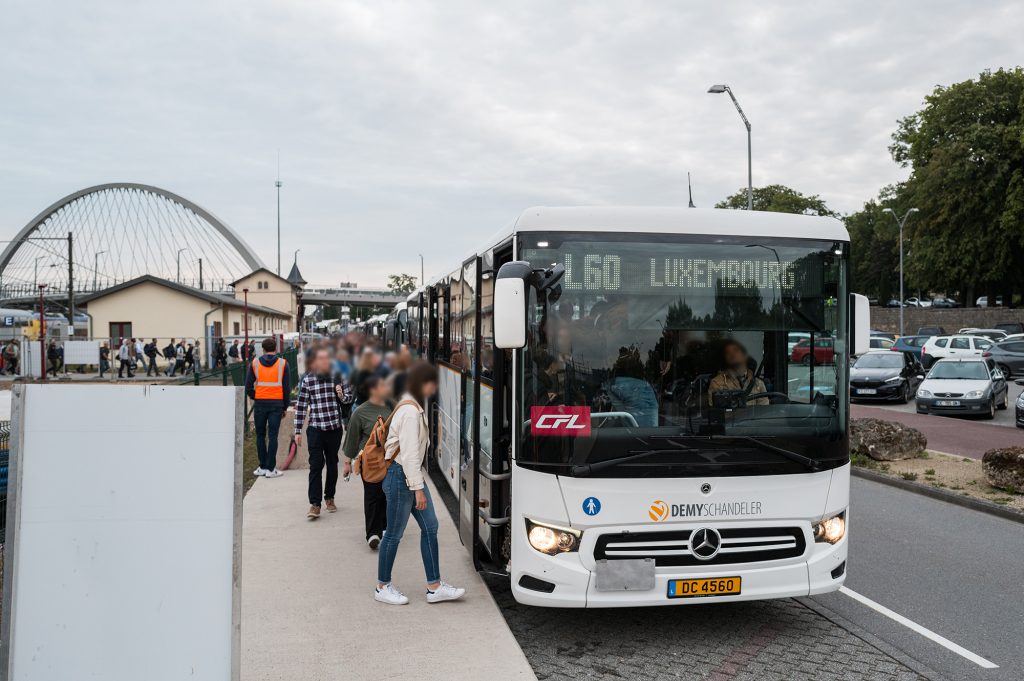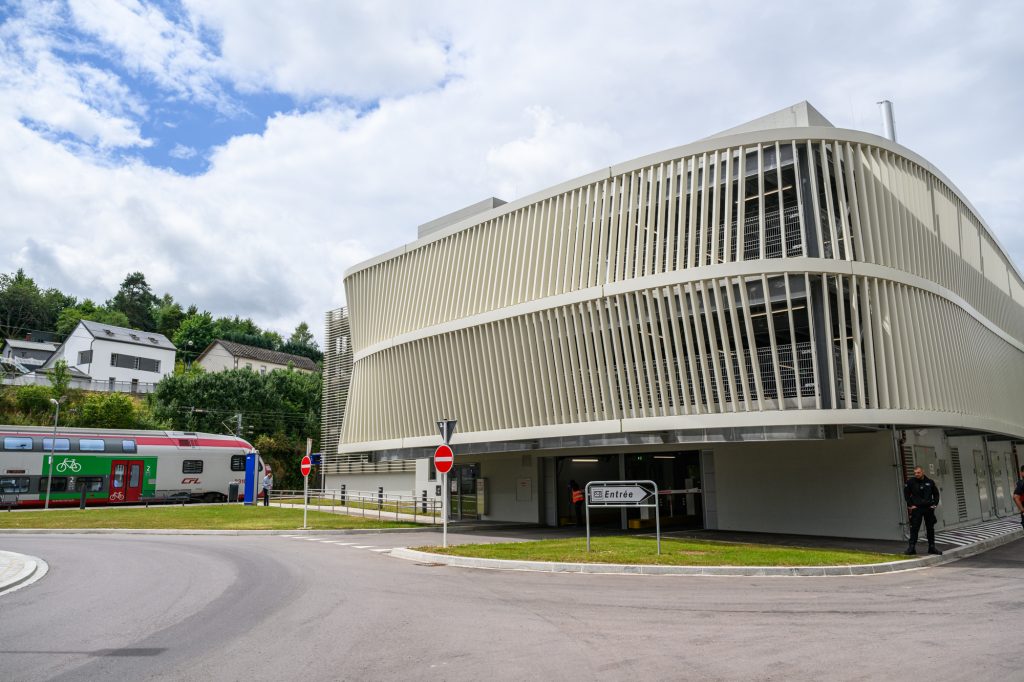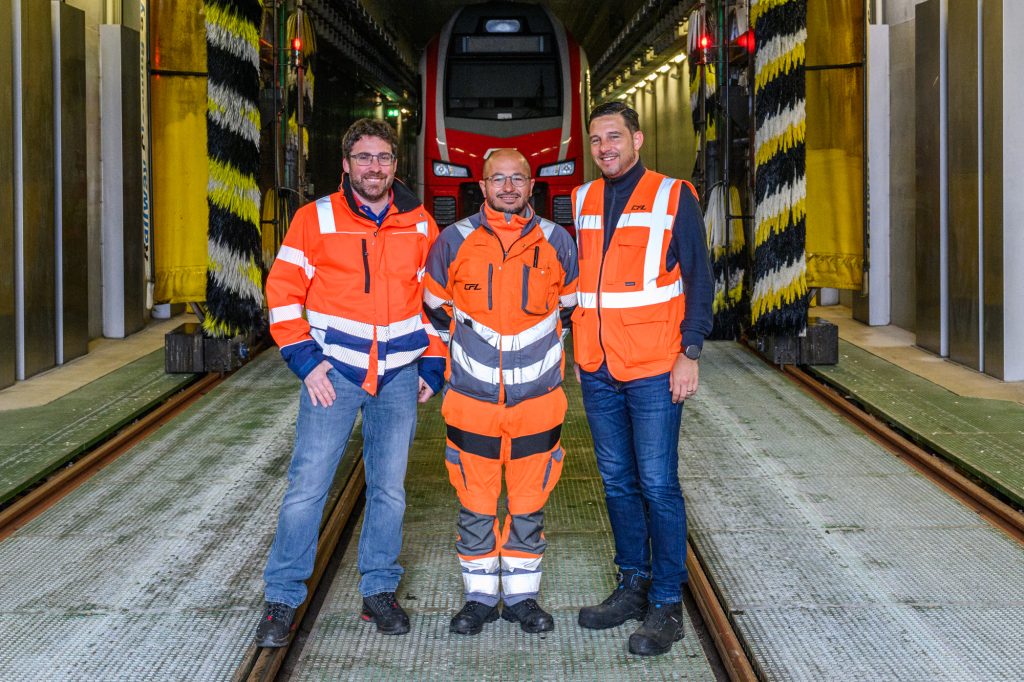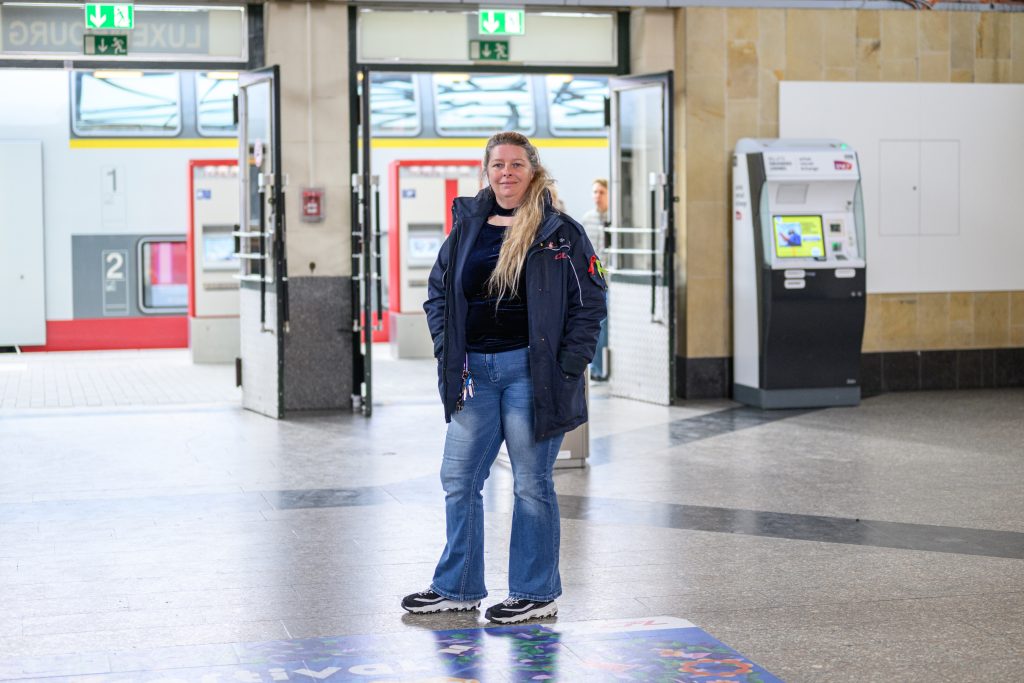
The rolling highway
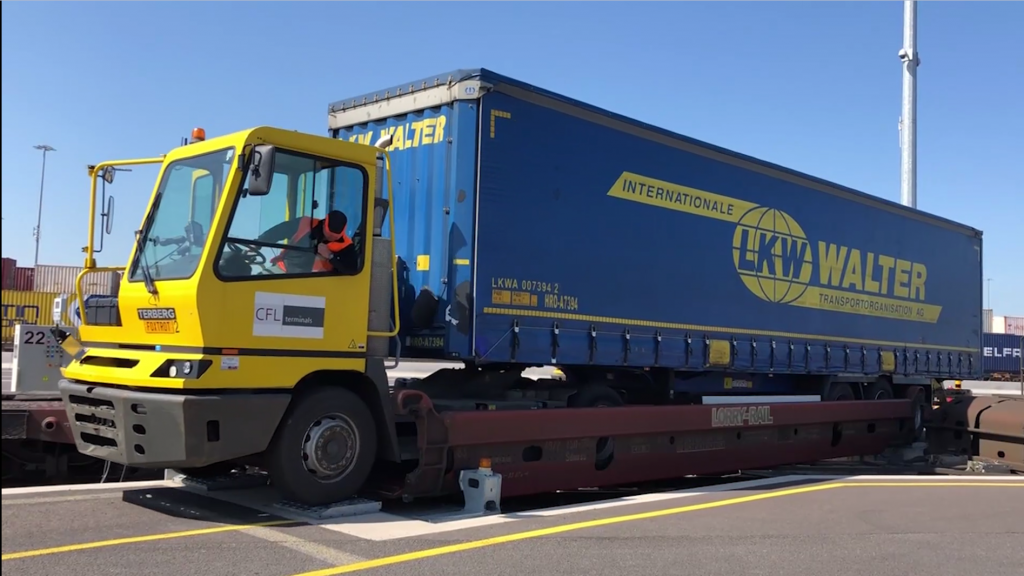
What is the rolling highway?
The rolling highway is an innovative way of handling freight, in this case particularly truck trailers, efficiently and easily from the road to the rail network. Thanks to the innovative rotatable LOHR wagons, the trailers do not have to be vertically charged using gantry cranes, but can be driven directly onto the swiveling loading areas. This saves time and thus money for many customers who rely on the transport services of the CFL multimodal.
How does the rolling highway work?
- Before access to the terminal can be granted, trucks and trailers pass through the so-called photogate. A this moment about 20 pictures are taken, among others of the truck and trailer’s license plate and their respective codes (ISO and ILO, for example). This information is very important in order to guarantee a proper logistics process.
- With its personalized access card, the driver identifies himself at one of the automatic counters. An employee is always nearby if help with this procedure is needed.
- The “terminal operation management system” indicates the intended place where the trailer should be parked. If a further loading of the truck has been planned, the location of the respective cargo is also indicated to the driver by the system.
- Before the cargo can be dropped inside the terminal, any intermodal transport unit, meaning every container and every trailer must pass through the so-called “contrôle gabarit”. Here, the weight, dimensions and general condition of the transport unit are checked in order to ensure that the latter can be transported safely on the rolling highway.
Video: Loading the rolling highway.
The new intermodal terminal in Bettemburg-Dudelange
Since March 2017, the new intermodal terminal has been a new hub in the heart of Europe. At the new location in Bettemburg-Dudelange, 200,000 handlings were carried out in the previous year. A considerable part of the goods transported was sent using the rolling highway connecting Bettembourg (Luxembourg) to Le Boulou (France).
